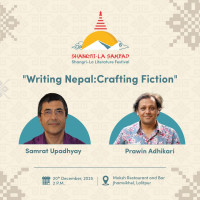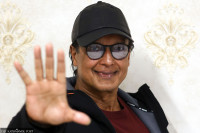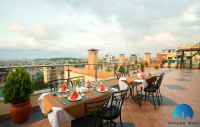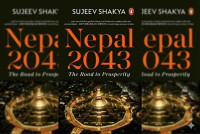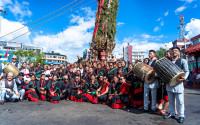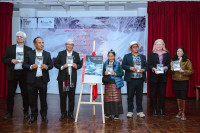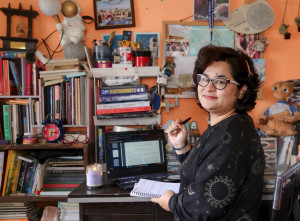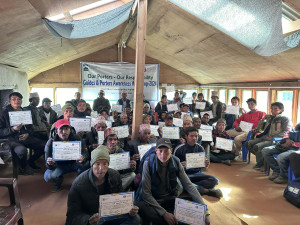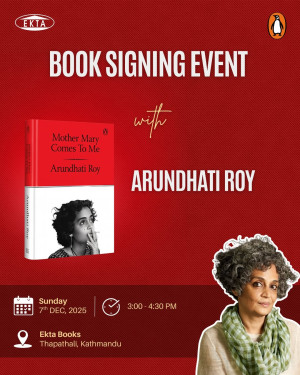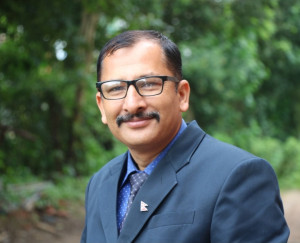Sat, Dec 20, 2025
Culture & Lifestyle
Fusing classics with hip-hop
bookmark
Published at : February 15, 2025
Updated at : February 19, 2025 13:00
This interview has been removed due to contradictory claims over its content post-publication. One of the musical group’s members, Uttam Gosh, who was interviewed and who claimed to be the ‘OMG Spark’ band’s spokesperson, later recanted his story. This is why we have decided to pull the story down. We are sorry.
Most Read from Culture & Lifestyle
Editor's Picks
E-PAPER | December 20, 2025
×




 14.12°C Kathmandu
14.12°C Kathmandu